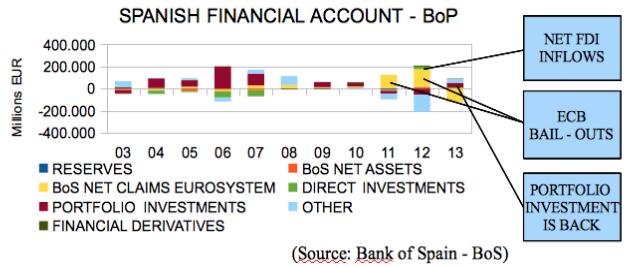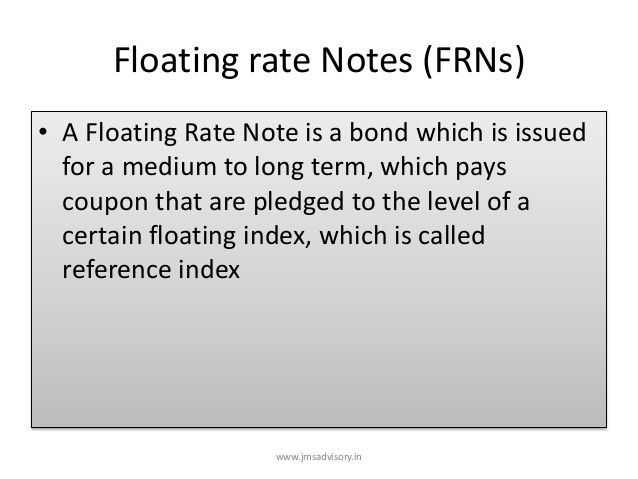

Simply put, ecommerce becomes a possible and more practical platform through depending on e-payments. You need to find out what your target customers are preferring and accordingly you need to provide the most convenient and relevant online payment solutions. E-payments are proved to be highly effective for international transactions, as they are cheaper, easier, faster, and generally are real-time. Online payment solutions come with security and risk and anti-fraud tools making them reliable and secure not only for customers but also for merchants. The chosen payment method either redirects the customer to an external payment page or a bank’s payment page to continue the payment process.
When you use digital money to perform online transactions, you don’t have to wait for the next banking day to complete the transaction. Any transaction you make at any time during the day is completed promptly. Almost everyone carries a mobile phone in their pocket, increasing the chances that the user will trust the system. Most of the payment methods mentioned in this post can be made from mobile phones, as this is not a payment method as such, but a payment channel.

B2B e-commerce, or electronic transactions involving business organisations, is connected to EDI. To be active in the financial sector, such as banks, finance companies, credit card companies, etc., a unique system called the Electronic Payment System is needed for B2B translation between these financial sectors. Of course, as the ‘e’ in ‘e-payment systems’ denotes, these transaction methods are reliant on the Internet. Should you suffer an outage in service, this can grind business activity to a halt, leading to frustrated customers and a lack of income for you.
WAYS TO CARE LESS ABOUT WHAT OTHER PEOPLE THINK
Smart cards are sometimes known as virtual wallets or electronic purses. Although e-payment systems are generally secure, there’s always the risk of their security measures failing. Systems may not come under direct attack, but phishing techniques can be used to obtain IDs and passwords. Once a hacker has these details, e-payments make it possible to process multiple payments before the genuine account holder notices.
I like that you pointed out how online payments could save a lot of time, for both the seller and the customer. I was shopping around yesterday and I noticed that a lot of shops actually accept online payments now. It is nice to see that online payment is now common and could be used in a variety of ways, like online ticket purchasing. Digital payments are shaping the e-commerce industry in ways more than one. As both a business owner and a customer, it is pretty much expected of you to have online payment options. Some banks limit the number of transactions you can do in a day or the maximum amount you can transfer in a day.
These transactions are cleared in half-hour batches, whereas IMPS transactions have a daily limit of INR 5 lakhs and are instantly cleared. For bulk and repetitive payments like salary credit, interest payment, dividend payments from companies, etc., the RBI introduced the Electronic Clearing Service credit scheme in the 1990s. This system enables payers to credit a specific amount directly into the payees account on a particular date. ECS enables recurring payments to banks, Mutual Fund companies, service providers, utility companies, etc.
Electronic Funds Transfer Advantages and Disadvantages
Its main features include operations through platforms with different payment gateways, payment by card when entering data (American Express, Visa, Mastercard…) and security. The law requires that businesses declare their financial transactions and provide paper records of them so that tax compliance can be verified. The problem with electronic systems is that they don’t fit very cleanly into this paradigm and so they can make the process of tax collection very frustrating for the Internal Revenue Service.
Of course, you can block your cards after informing the bank, but the time between losing your card and blocking it may prove to be risky as many transactions by fraudsters can take place during that time period. E-payment is very convenient compared to traditional payment methods such as cash or check. Since you can pay for goods or services online at any time of day or night, from any part of the world, your customers don’t have to spend time in a line, waiting for their turn to transact. Nor do they have to wait for a check to clear the bank so they can access the funds they need to shop.
No matter which payment method you choose, Stampli has you covered with its payment agnostic software. In normal times, mobile payment is also great for enabling on-the-go personnel to get their workers paid from wherever they might be in the world. They don’t need to be at their work desk or even in front of a regular computer. Already extremely popular, digital wallet use should continue to increase with further broadband availability in rural and developing areas.
- This is a method that allows payments to be accepted using interactive voice responses.
- As smartphone adoption continues to grow in developing nations, the number of mobile payments should keep growing.
- Users who want to pay electronically and do not want to carry cash may have an issue with this.
- E-payments facilitate the financial transaction of any purchase from the consumer to the merchant.
And the whole idea of making profits is possible only if your business offers its customers the ability to make payments. With technological advancements in recent years, online payments have become an inseparable part of the e-commerce industry. And, why wouldn’t they, considering the many benefits that come with online payment features.
Cashless Economy
People have their own preferences, and if they can find that option while purchasing from you, there are obviously more chances of them actually getting through with the transaction. Trust refers to the degree of customers confidence that their money and personal information will be safe, and that all parties involved will not act against users’ interests. disadvantages of e payment system Users need to trust that payments will be bot be stolen or misused. With e-payments, customers can pay online at any time from anywhere, making them easily accessible and convenient for customers. They are helping customers to reach more clients locally and globally. With this trend, accepting online payment is a must for any business.
Disadvantages of Electronic Transactions
You don’t want to be one of them, because you risk alienating clients who only accept electronic payments. Electronic payment systems can be used for a wide variety of purposes, such as purchasing goods and services, paying bills, and transferring money. They are commonly used in e-commerce, online banking, and other digital transactions. However, these electronic payment systems have a number of a number of disadvantages also. You need to record to the establishment in order to be empowered to perform money transactions with them.
NTT DATA Payment Services India is an end to end payment services provider offering a vast range of payment services and solutions. E-payment uses most advanced communication means, such as the internet and extranet. Authorization type is defined as the form of a control over the validity of transactions. Offline authorization means that users of the system can exchange money while not connected to a network, without a third party mediating the transaction. Electronic payment is a form of a financial exchanger that take place between the buyer and the seller facilitated by means of electronic communications. Electronic payment is a financial exchange that takes place in an online environment.
Pros & Cons of Using Credit Cards on the Internet
It is easier to click a feature on your smartphone than to collect the correct amount of cash for your purchase. You don’t have to carry a lot of cash, get worried about theft or not having perfect change. With online payment options, you just need to remember a certain pin, and that’s it, your transaction is done!
An electronic payment system is a method of making transactions electronically, without the use of cash or checks. National Electronic Fund Transfer , Real-Time Gross Settlement , and Immediate Payment Services are three modes of electronic fund transfers. With NEFT, you can transfer any amount of money, while the minimum transaction limit for RTGS is INR 2 lakhs.
Though it is mainly considered to be advantageous for many obvious reasons, online payments have their own set of disadvantages that you need to be aware of. After all, in today’s digital world, every convenient feature comes with a bit of risk! With proper precautions and management, you can overcome most of these disadvantages. Unlike physical transactions, there are no ways to identify if the person making the online payment is the one he/she is claiming to be. Since there are no verification methods like photographs or signatures, most online payments are done behind a veil of anonymity.
So, there is unstated risk of your personal and account particulars being stolen. Any business that uses a PSP typically doesn’t have to worry about a merchant account or payment gateway, as the PSP will handle that on their end. They can also take care of payment card industry, or PCI compliance, as well as fraud monitoring, transfers, and payments. What this means for accounts payable is that businesses will likely have vendors willing to accept payment from them from just about any device or payment method that works for them. Virtual payment solutions, such Stampli Card, allow businesses to print cards with customizable numbers and set amounts that can be spent. An unlimited amount of custom numbers can be generated, and businesses have control over which specific users have access to each Stampli Card.
